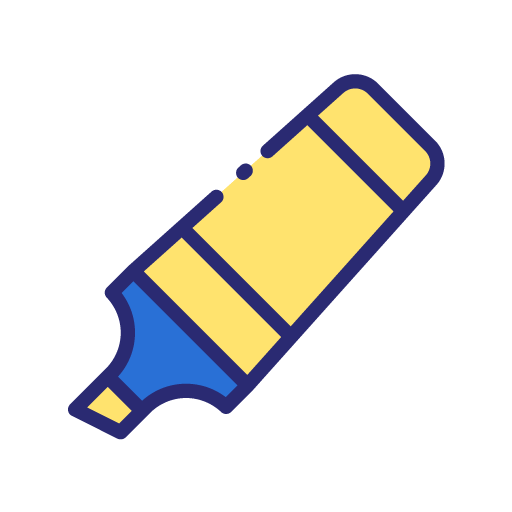Call us now:

A strong portfolio is one of the most important tools for any artist, especially beginners exploring contemporary painting. It serves as a showcase of your skills, style, and creative vision, allowing potential clients, galleries, or art schools to understand your abilities. Building your first painting portfolio can feel daunting, but with careful planning and thoughtful selection, you can create a collection that effectively represents your work and growth as an artist.
Why a Portfolio Matters
A portfolio is more than a collection of finished paintings—it tells a story about your journey, your techniques, and your unique artistic voice. In contemporary painting, where experimentation and personal expression are highly valued, a portfolio demonstrates your ability to apply skills, explore concepts, and communicate visually. A well-organized portfolio can open doors to exhibitions, freelance opportunities, or advanced art programs.
Choosing Your Medium and Style
Before assembling your portfolio, it’s important to define the mediums and styles you want to showcase. Whether you work in acrylics, oils, watercolors, or mixed media, select works that best represent your abilities and artistic interests. Your style may evolve over time, but your portfolio should highlight your strengths while showing a coherent visual identity. Beginners can experiment with multiple approaches initially and refine their focus as they progress.
Selecting Your Best Work
Quality always matters more than quantity. Even as a beginner, including a few carefully chosen pieces will make a stronger impression than a large collection of inconsistent work. Choose paintings that demonstrate a variety of skills, such as color mastery, composition, texture, and conceptual thinking. Consider including both completed works and pieces that show your creative process to give viewers insight into how you develop ideas.
Showcasing the Process
Many artists benefit from showing how their paintings are created, not just the final result. Including sketches, preparatory studies, or progression images can reveal your workflow, problem-solving skills, and creative thinking. For beginners, this can be especially valuable, as it demonstrates effort, exploration, and growth rather than just technical skill. A portfolio that includes process documentation helps viewers connect with your work on a deeper level.
Organizing Your Portfolio
Presentation is crucial. Structure your portfolio in a logical order, beginning with your strongest work to immediately capture attention. Group similar styles or mediums together to create a cohesive flow. Make sure your images are high-quality and well-lit, with clean backgrounds that do not distract from your artwork. Each piece should include a brief description outlining the medium, size, and concept, allowing viewers to understand context and intention.
Digital vs. Physical Portfolios
Both digital and physical portfolios are valuable. Digital portfolios are easy to share online, reach a wide audience, and are ideal for submissions to galleries or freelance clients. Physical portfolios are beneficial for in-person presentations, exhibitions, or studio visits. Beginners should start with digital portfolios, creating an online gallery that can be updated as new work is completed. High-quality images of your physical paintings are essential for an effective digital portfolio.
Updating and Evolving
A portfolio is never static—it should evolve with your skills and experience. As you complete new projects and improve, replace older works with stronger pieces. Regular updates demonstrate growth and commitment to your craft. Continuously refining your portfolio ensures that it accurately represents your current abilities and artistic direction.
